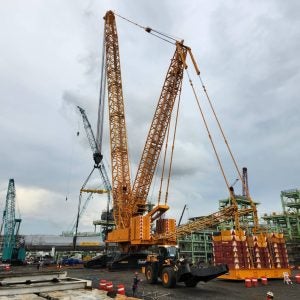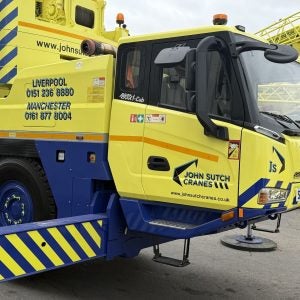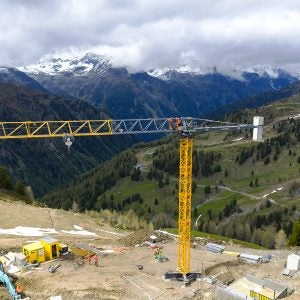During a virtual briefing by the US-headquartered Association of Equipment Manufacturers (AEM) in mid-January, AEM Chair and Trimble’s executive chairman Steven Berglund talked about another challenge, one beyond the pandemic and economic conditions.
“I think technology in general poses a challenge to the equipment manufacturers in a very positive way. It's bringing benefits to the users, but requires a lot of changes. The machine as defined in terms of horsepower and inherent capacity is no longer necessarily the driving issue. How well that machine fits into an information architecture so that the entire construction site or the entire farm are being managed together, I think there's a whole level of challenge there,” he said.
Technology is making the planning and management of construction operations more sophisticated, increasing productivity and reducing costs. Developments such as anti-collision systems have also contributed to the enhanced safety levels.
Its influence in the construction process is likely to increase further, as many new software systems are currently under development. For example Australian company BuildAI has developed an artificial intelligence software system that automatically reports construction progress.
In terms of the cranes industry, it has enabled the supply of data in real-time. This data can be used to increase efficiency, as various performance parameters can be analysed in-depth. Technology has also changed the way cranes are maintained, with the availability of remote diagnostics systems. It even allows for a real-time tracking of wear on parts, like the monitoring system Manitowoc’s Lift Solutions engineers developed with Walter Payton Power Equipment for IEA to evaluate wear of crawler undercarriage at a job site in real-time.
The way cranes are operated has also been influenced, for example Hiab’s use of virtual reality technology for forestry cranes and more recently the introduction by Israeli technology company UltraWis of a crane control system which allows full control of a tower crane from the ground.
Crane manufacturers have always been extremely innovative, constantly trying to push the limits in terms of performance and capacity. Flipping through the pages of this issue you can see many examples of this innovation drive, including: the numerous systems on Demag’s new AC 80-4, Liebherr’s rope pull technology for the LTC 1050-3.1 as well as the features of the new large rough terrains.
Technology, through the use of VR simulators, has also been playing a part in the operator training process.
Different solutions in the market make fleet management more sophisticated and organised. They help owners, among other things, to utilise their assets better and increase profits.
Crane buyers are appreciating the benefits different technologies are offering and this poses a challenge for manufacturers to keep up with competitors or develop something new, as lagging behind could impact future sales.
In addition, customers see the potential of some technologies and this increases their appetite for new or upgraded versions of existing ones, pushing manufacturers to innovate even further.
Sotiris Kanaris, Editor
sotiris.kanaris@cranestodaymagazine.com






